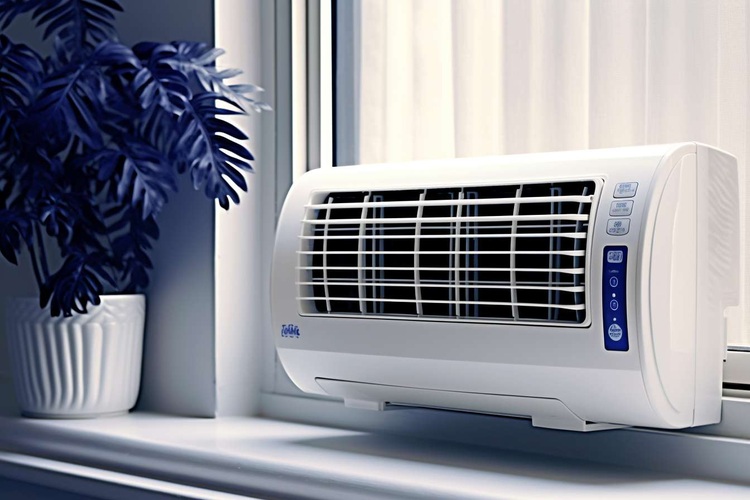How a Humidifier Works and Fits in the Home
A humidifier is a household device designed to add moisture to indoor air, helping maintain comfortable humidity levels during dry seasons or in heated homes. Many people use humidifiers to reduce dryness-related symptoms, protect wooden furniture, and limit static electricity. Understanding how a humidifier operates, when it’s helpful, and how to maintain it can improve indoor comfort and preserve air quality without creating excess dampness.

This article is for informational purposes only and should not be considered medical advice. Please consult a qualified healthcare professional for personalized guidance and treatment.
What does a humidifier do?
A humidifier increases the concentration of water vapor in the air to raise relative humidity. By releasing fine droplets or vapor, the device can reduce dry skin, irritated nasal passages, and sore throats that sometimes occur in low-humidity environments. There are several mechanisms—ultrasonic, evaporative, and warm-mist—each producing moisture differently. Properly used, a humidifier helps balance indoor air conditions; however, excessive humidity can encourage mold and dust mites, so monitoring levels is important.
How does a humidifier change home air?
When placed in a room, a humidifier alters the air’s moisture content and can slightly change how warm or cool the space feels. Increased moisture in the air can make temperatures feel warmer at the same thermostat setting, which can be useful in winter. In the home, the device should be sized to the room and positioned away from walls or electronics to prevent localized dampness. Good air circulation helps distribute moisture evenly and avoids condensation on windows or cold surfaces.
How is indoor moisture measured?
Indoor moisture is expressed as relative humidity (RH), the percentage of water vapor present compared to the maximum the air can hold at that temperature. Hygrometers are simple devices that measure RH and are useful alongside a humidifier to maintain a target range—commonly recommended between 30% and 50% for comfort and to limit biological growth. Monitoring with a hygrometer can guide how often to run the humidifier and at what setting, preventing both under- and over-humidification in living spaces.
Which type of humidifier device suits a room?
Choosing the right humidifier device depends on room size, noise tolerance, maintenance willingness, and whether you prefer warm or cool mist. Ultrasonic humidifiers are quiet and energy-efficient, using vibrations to create a fine mist. Evaporative models use a wick and fan to draw water into the air and self-regulate to some extent. Warm-mist (steam) humidifiers boil water to release vapor, which can reduce bacteria but uses more energy. Consider the reservoir capacity and runtime to match how long you want it to operate between refills.
How to maintain a humidifier in your home?
Regular maintenance keeps a humidifier hygienic and functioning. Empty and dry the reservoir daily if possible, and clean the unit at least once a week with manufacturer-recommended methods. Use distilled or demineralized water when feasible to reduce mineral deposits and white dust from ultrasonic models. Replace filters on schedule for evaporative units. Inspect for mold or slime; if detected, deep-clean or replace parts as advised. Proper upkeep reduces microbial growth and keeps the added moisture from becoming a source of indoor air issues.
Conclusion
A humidifier is a practical home device for managing indoor air moisture when used appropriately. Understanding the different types, measuring relative humidity, and following routine maintenance helps you harness benefits—comfort, reduced dryness, and protection for materials—while minimizing risks like mold or excessive dampness. Matching the unit to room size and monitoring humidity with a hygrometer are simple steps that improve outcomes and extend the life and safety of the humidifier.





